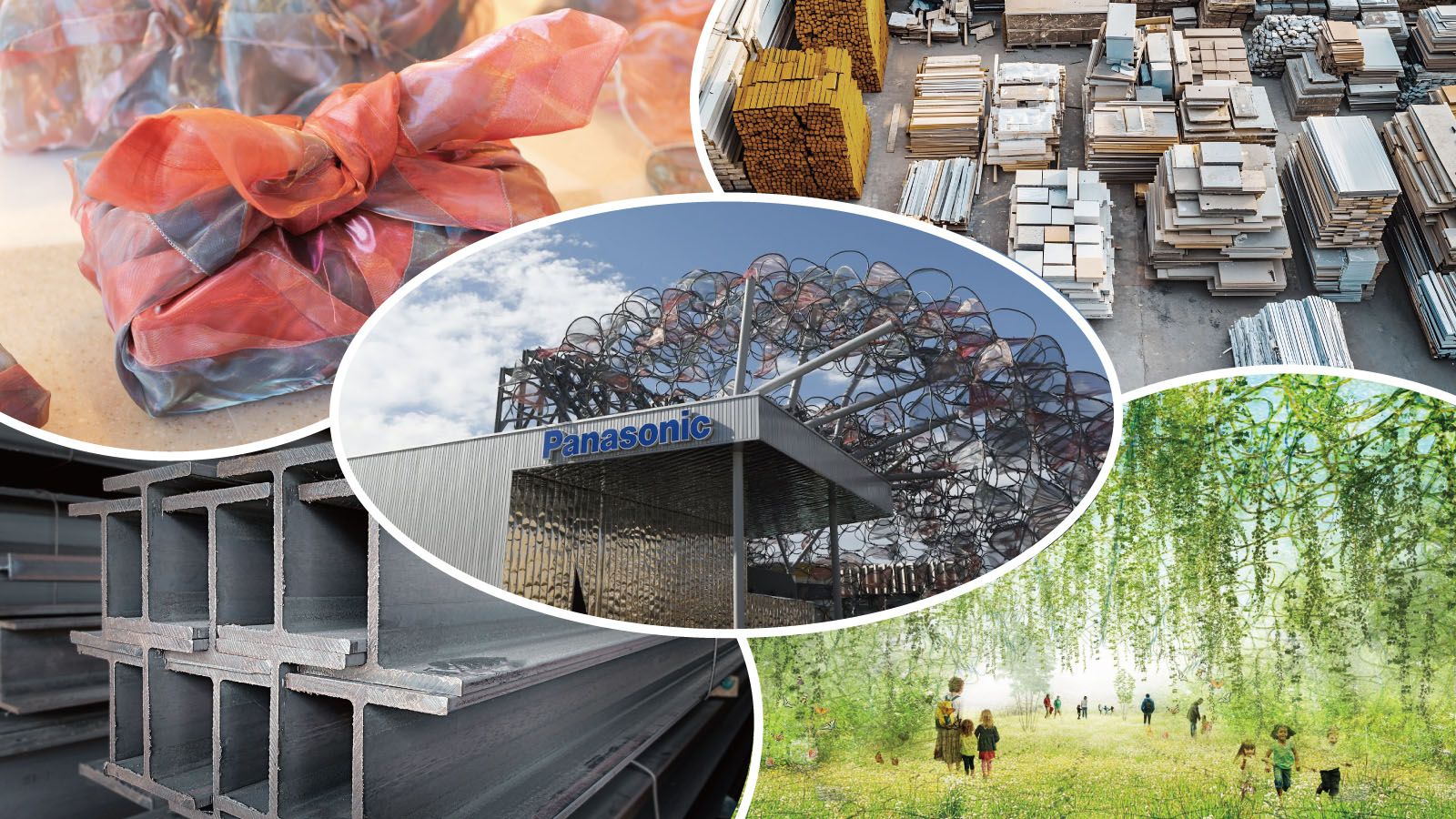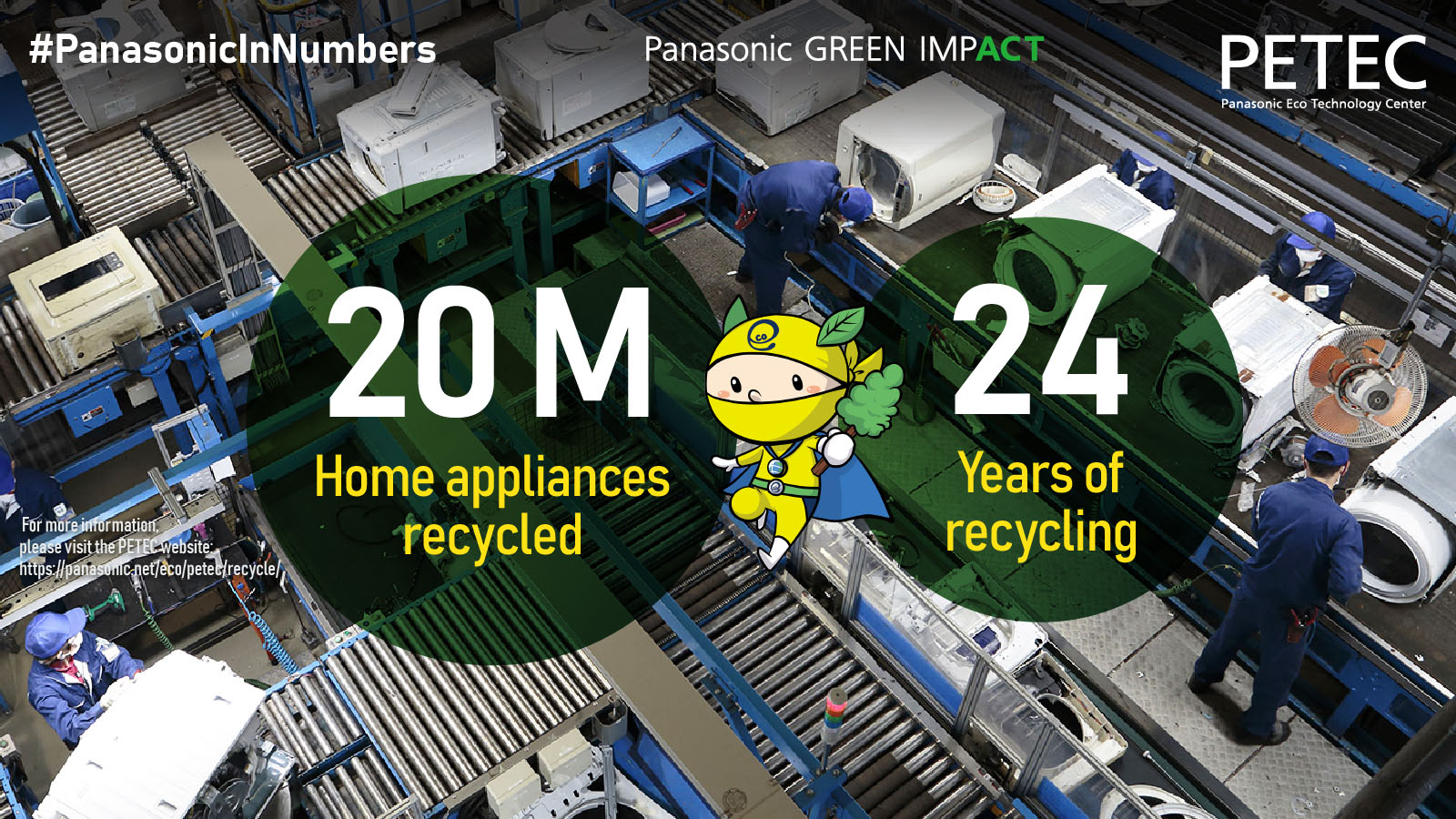From the outside, the large shopping center in one corner of the Tsunashima site looks like any other. But inside it is pioneering a number of services that will help make life more comfortable and convenient. These include large banks of delivery lockers for the growing number of shoppers using online stores, and multi-language signage and displays. CFC-free refrigeration units offer more environmentally-friendly storage and display of chilled and frozen foodstuffs.
Tsunashima SST is also trialing a new kind of condominium-style accommodation. The operation of intercoms and home appliances in its apartments is integrated in a screen-based home control system which leverages IoT technology. Reflecting the Tsunashima SST's focus on sustainability, the system also allows residents to track their water and energy usage.
Panasonic and its partners are additionally working to "digitalize" the community. This includes the use of smart sensors to monitor people traffic in order to gauge what facilities are required and to estimate their required capacity. The sensors also assess the physical environment of the communal facilities - for example, the temperature, humidity and the levels of airborne pollution - automatically adjusting climate controls to ensure comfort and good health.
The Tsunashima SST is also promoting interaction between Japan and overseas countries; the prestigious Keio University operates an international student dormitory on the site which facilitates this interaction at a local community level. A Sustainable Smart Town laboratory, part of the Town Innovation Center, acts as a hub where young people can meet and brainstorm new business ideas before testing these in the local community, with the support of the companies participating in the SST project.
With these initiatives the Tsunashima Sustainable Smart Town is fast becoming a working model for communities striving to become more innovative, eco-friendly and sustainable - in Japan.









